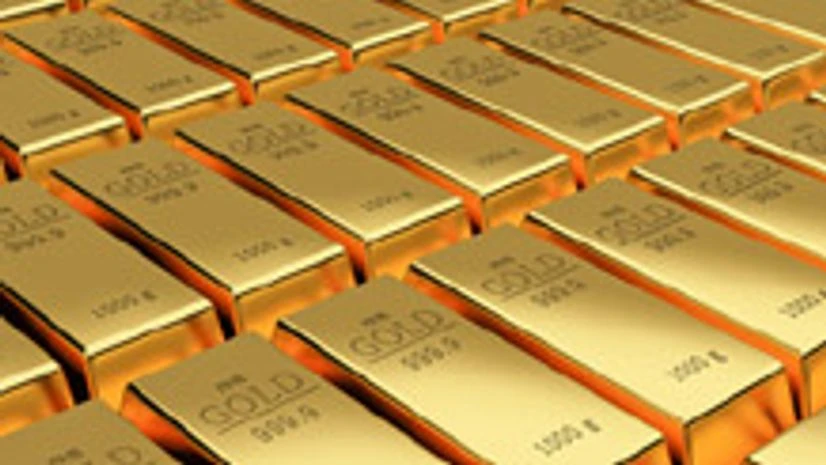The cost of borrowing gold surged on Tuesday to the highest level since January 2009, reflecting dwindling supplies from bullion banks after heavy liquidation and resilient demand for physical gold products.
The rates for lending out physical gold - mostly offered by bullion banks and central banks to institutional investors and manufacturers - have been near historically low levels over the past four years due to plentiful supplies.
Investors have lent out their big stockpiles of metal as prices have soared.
But that came to an abrupt end when supplies started tightening as institutional and speculative investors have unwound those long positions since the mid-April historic sell-off that has seen spot prices plunge 26% so far this year.
The implied one-month gold lease rate rose to 0.3% on Tuesday, their highest since January 2009 when investors scrambled for physical metal, seen as a safe haven investment, after Lehman Brothers collapsed.
That is up sharply from the 0.1% early last week. Rates have increased steadily from a negative 0.2% since September last year, but the gains have accelerated since April.
Even so, they are far off record highs of close to 10% seen in 1999 after European central banks agreed to curb gold sales and are still near historically low levels.
That has attracted further borrowing interest and added further fuel to the gains, analysts said.
"As wholesalers, refiners and retailers of investment products are scouring for the metal to make physical products, some of them are actually borrowing the gold in advance," said Jeffrey Christian, managing partner at CPM Group, a commodity consultant and research firm.
The historic selloff in mid-April triggered a flurry of pent-up physical demand for bullion from investors in Asia who considered prices below $1,300 per ounce a bargain compared with the records above $1,900 in September 2011.
That prompted some dealers to take up US Comex warehouse stocks and remelt the bars to comply with London Bullion Market Association specifications and sell to Asia where physical gold demand exceeded that in the United States.
Robin Bhar, an analyst at Societe Generale, said participants who had been caught too short and must cover their bearish bets also contributed to higher lease rates.
BORROW GOLD TO SELL?
In addition, some speculators are borrowing physical bullion and then selling it, a move that could add downward pressure to gold prices, analysts said.
Funds are increasing their bearish bets on gold futures, reflected in a record high in gold futures short position under the "managed money" category, the Commodity Futures Trading Commission's data showed. Other speculators are borrowing gold too as part of the "gold carry trade."
Gold carry trade refers to the purchase of a gold forward at a low interest rate, and the selling of bullion into the spot market and using the funds to buy higher-yield bonds or currencies in a bid to capture the rate differential.
"Gold carry trade could be negative for gold prices because if people are borrowing gold and selling into spot market, they actually would be driving down the price of physical gold on a spot basis," CPM Group's Christian said.
Tim Gardiner at TD Securities' precious metals trading desk said gold forwards are in backwardation as participants borrowed gold to maintain short positions.
Backwardation refers to a situation in the futures market where prices of spot or nearby months are higher than future deliveries. As a highly liquid global financial instrument, gold has historically been in contango, the opposite of backwardation.
On Tuesday, the Gold Forward Offered Rates (GOFO), rates at which bullion banks are prepared to lend gold on a swap against US dollars, fell into a negative 0.1%.
Christian said the negative GOFO was largely a result of illiquid trade orders in the inactive delivery month of the Comex July contracts, as most participants are currently trading the August futures.

)
